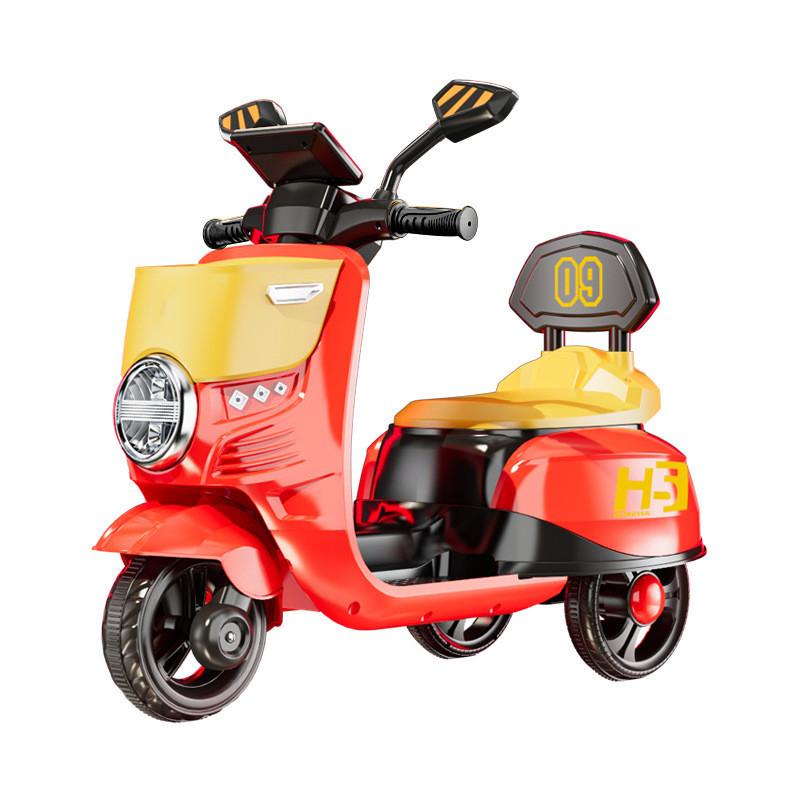The Importance of Safe Baby Walkers for Child Development and Well-Being
The Importance of Safety in Baby Walkers
Baby walkers have been a favored tool for many parents, allowing infants to explore their surroundings while honing their developing motor skills. However, the safety of these devices has sparked considerable debate among caregivers and health professionals alike. This article delves into the importance of recognizing the potential hazards associated with baby walkers and suggests ways to ensure a safer experience for our little explorers.
Understanding Baby Walkers
Baby walkers are designed to support babies who are learning to walk. Typically equipped with a seat for the baby and wheels that allow them to move, walkers can provide a sense of independence as babies push themselves around. While they can offer opportunities for babies to practice their walking and coordination skills, these advantages must be weighed against the safety concerns.
The Safety Concerns
The primary safety concern with baby walkers is the risk of accidents. According to the American Academy of Pediatrics (AAP), thousands of children are injured in baby walker-related incidents each year. Common injuries include falls down stairs, collisions with furniture, and even getting caught in narrow spaces. In some cases, these accidents can lead to serious injuries, including fractures and head trauma.
One significant issue arises from the speed at which babies can move in a walker. While a baby might not be able to walk independently yet, a walker can give them an alarming degree of mobility, allowing them to reach dangerous objects or potentially hazardous areas in the home. For instance, they may fall down stairs or reach hot appliances, sharp corners, or other items that could cause harm.
Recommendations for Safe Use
To mitigate the risks associated with baby walkers, parents and caregivers can adopt several strategies
safety baby walker

1. Supervision is Key Always supervise your child when they are in a baby walker. Never leave the baby unattended, as this can greatly reduce the likelihood of accidents.
2. Safety Gates Install safety gates at the top and bottom of stairs to prevent babies from gaining access to these potentially dangerous areas. It's important to ensure that gates are childproof and sturdy.
3. Safe Environment Create a safe play zone by removing obstacles and hazards from the area where the walker will be used. Clear away sharp objects, fragile items, and toxic substances that could pose a danger.
4. Limit Use Consider limiting the time your child spends in a walker. Allow them to explore other developmental milestones on the floor and promote crawling, as this can be beneficial for their overall physical development.
5. Choose Wisely If opting to use a baby walker, select a model that conforms to current safety regulations and has features like a wide base to prevent tipping. Be sure it is stable and does not allow the baby to reach hazardous heights.
6. Educate Yourself Stay informed about recalls and safety warnings related to baby walkers. Knowing about potential risks and updates in safety standards can help ensure your child's wellbeing.
In Conclusion
While baby walkers can be touted for their potential benefits in supporting a child's mobility, the risks associated with their use cannot be overlooked. Prioritizing safety involves diligent supervision, creating a safe environment, and staying informed about best practices and regulations. By taking these precautions, parents can provide their children with opportunities to explore and develop while minimizing the potential for accidents. In the end, creating a safe space for our babies to learn and grow is the most rewarding goal of all.
-
Kids battery power car baby four-wheel off-road vehicle children electric toy carNewsMar.07,2025
-
New Hot Design Factory Wholesale Light Weight Small Folding Size Baby StrollerNewsMar.07,2025
-
2022 newest factory boys and girls powerful battery operated 4-wheel ride on electric carNewsMar.07,2025
-
2022 newest factory boys and girls powerful battery operated 4-wheel ride on electric carNewsMar.07,2025
-
Kids battery power car baby four-wheel off-road vehicle children electric toy carNewsMar.07,2025
-
toddler electric atvs manufacturerNewsMar.07,2025
